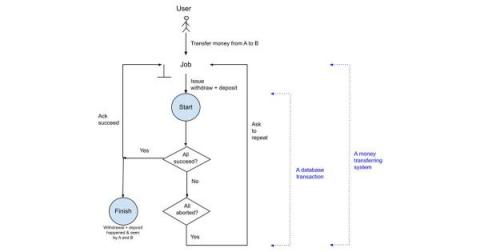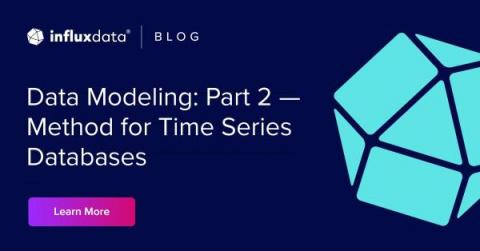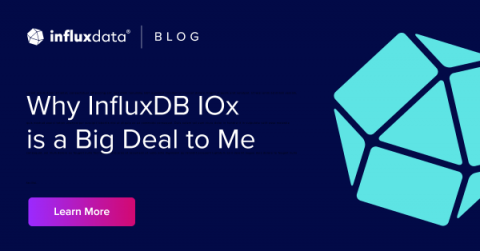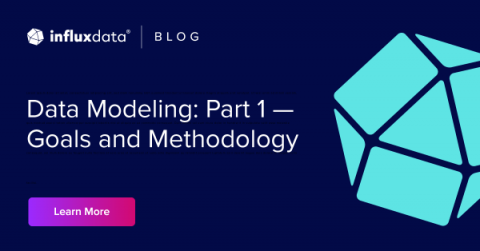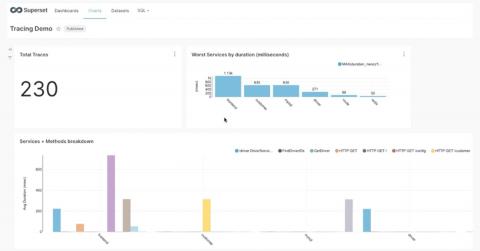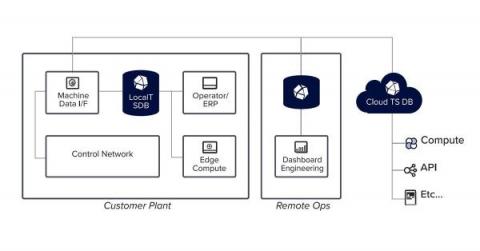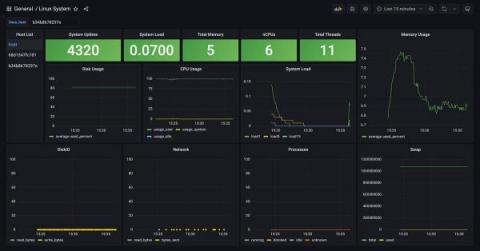Using Deduplication for Eventually Consistent Transactions
Deduplication is an effective alternative to transactions for eventually consistent use cases of a distributed database. Here’s why. Building a distributed database is complicated and needs to consider many factors. Previously, I discussed two important techniques, sharding and partitioning, for gaining greater throughput and performance from databases.


